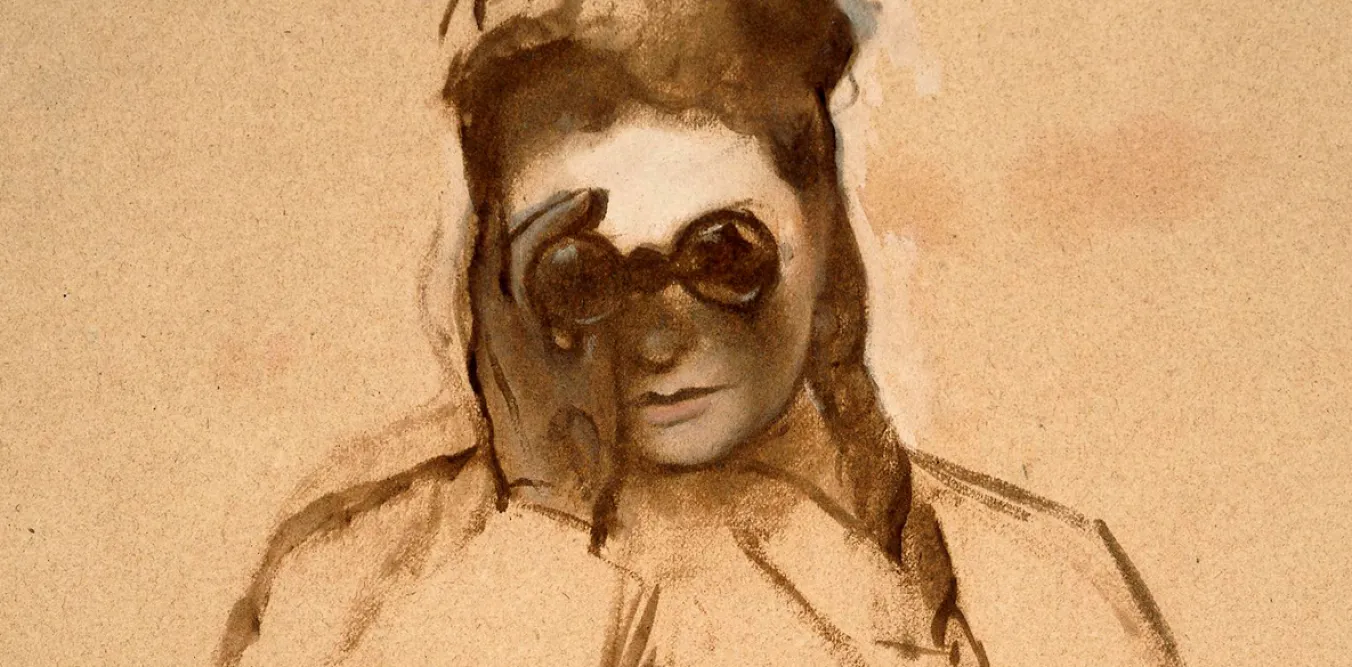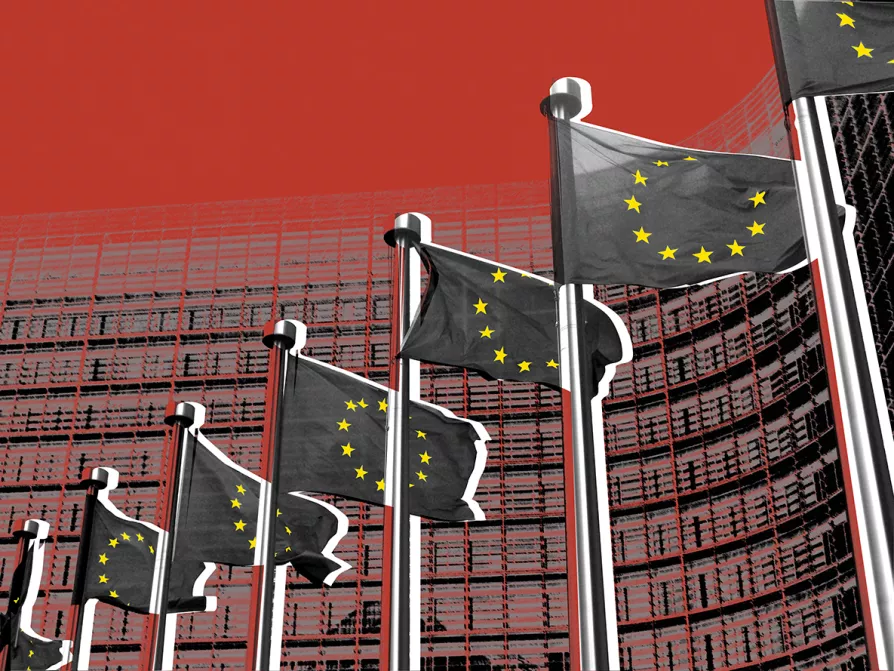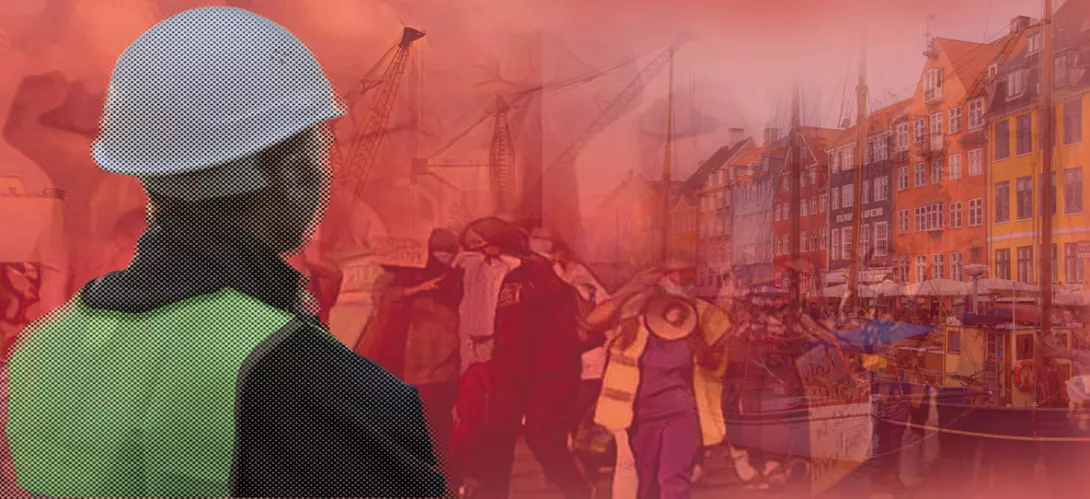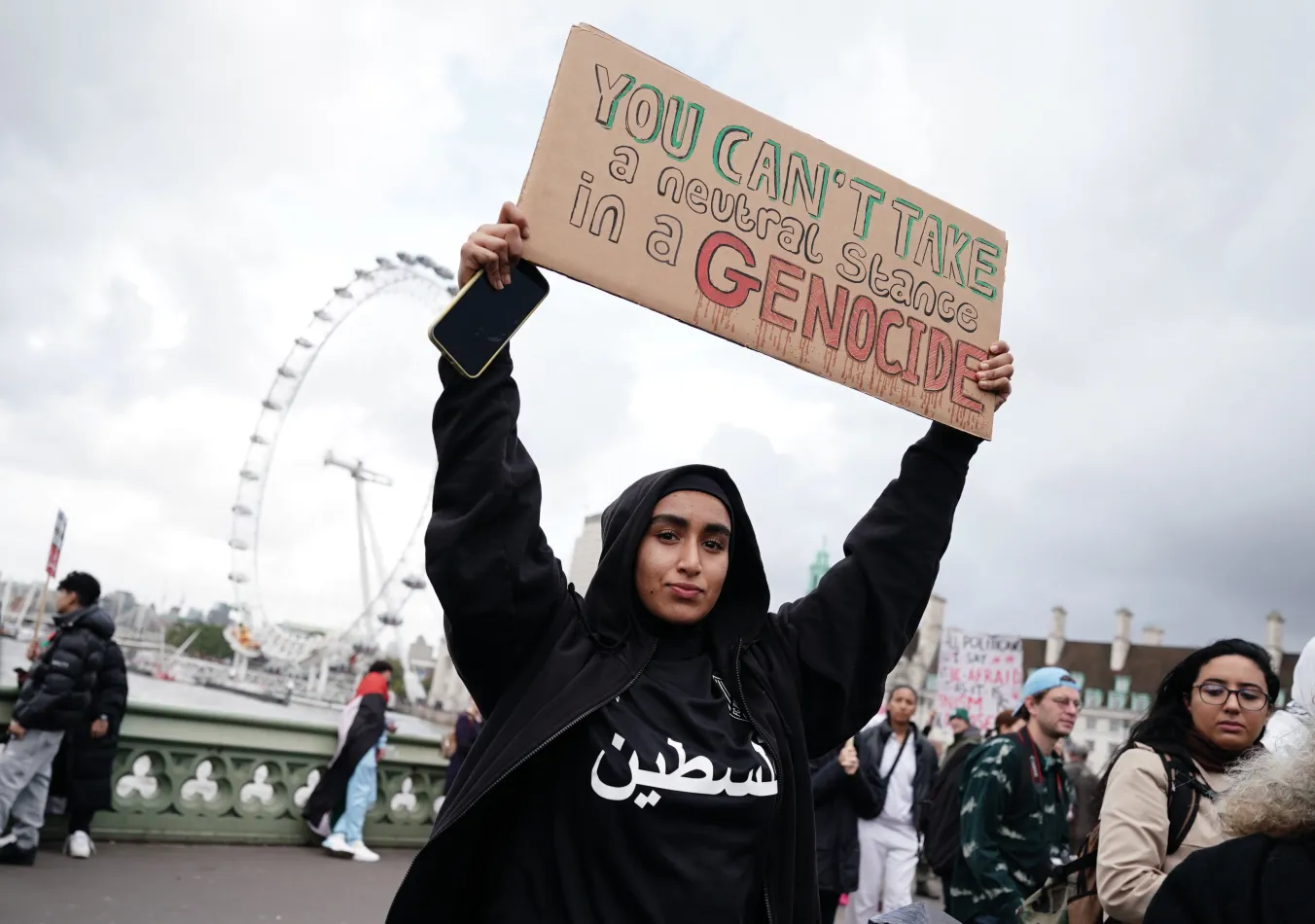SITUATED just a few minutes walk beyond the city centre, adjacent to Norreport train and metro station, Copenhagen’s workers’ museum opened in 1983 is based at the Workers Assembly Hall, which was established in 1879 (the first in Europe), built and financed by the Danish labour movement.
The building accommodated several trade union offices, meeting rooms and a magnificent banquet hall (see picture) to host congresses, parties, balls and international conferences. Around the walls are many fascinating posters and banners, depicting seminal moments in Danish labour history.
The museum is spread over four floors, with both permanent and temporary exhibitions, detailing communist, social democratic and trade union history, industrial work in Denmark, and life in the 1950s. There is a Children’s Workers Museum, a coffee shop and restaurant and an archive reading room.
The major current exhibition is “Kvindeliv” (Women’s Lives) focusing on the lives, struggles and victories of women workers in Denmark.
It tells stories about known and unknown women in labour history, about conflicts in everyday life and work, the battles for equality, fair wages, and securing the right to abortion. Exhibit notes are in both Danish and English and beautifully illustrated with posters, photographs, audio and video installations.
Brief biographies detailing the achievements of key actors are situated throughout. We learn about Marie Nielsen (1875-1951) born into a poor crofting family, who became a teacher, and a revolutionary socialist, the first woman to set up a political party, the Socialist Workers Party in 1918, before later joining the Communist Party of Denmark; Johanne Hansen, a pioneer of the community garden movement; Anna Jensen (1892-1927) a prominent educator and campaigner on reproductive rights; and Alvilda Andersen and Olivia Nielsen, early champions of the 8-hour working day and equal pay for women. The exhibition will run until the summer of 2025.
Another temporary exhibition, “Anker” which has already been on display for a year or more, charts the life of Anker Jorgensen, who rose from being an orphan, warehouseman and trade union activist to becoming leader of the Social Democratic Party and twice Prime Minister of Denmark in the 1970s and ’80s.
The exhibition contains a wealth of photographs, videos and newspaper cuttings but unfortunately, there is only one small pamphlet in English to accompany it. I asked the museum curator, plus local booksellers whether there were any published works in English by or about Jorgensen but it would seem not; which is a pity given the fascinating trajectory of his life, if not the faltering trajectory of his politics.
A new exhibition will be opened in April next year called “We are the Workers” which will focus on the years 1871-1934 in Denmark, and promises to unearth stories of maids, clerks, farmworkers and skilled labourers, detailing conflicts, and the reality of poverty and unemployment in both urban and rural areas.
For more information on the museum visit www.arbejdermuseet.dk.
Chris Davis is a member of the Oxfordshire and Berkshire branch of the Communist Party.










